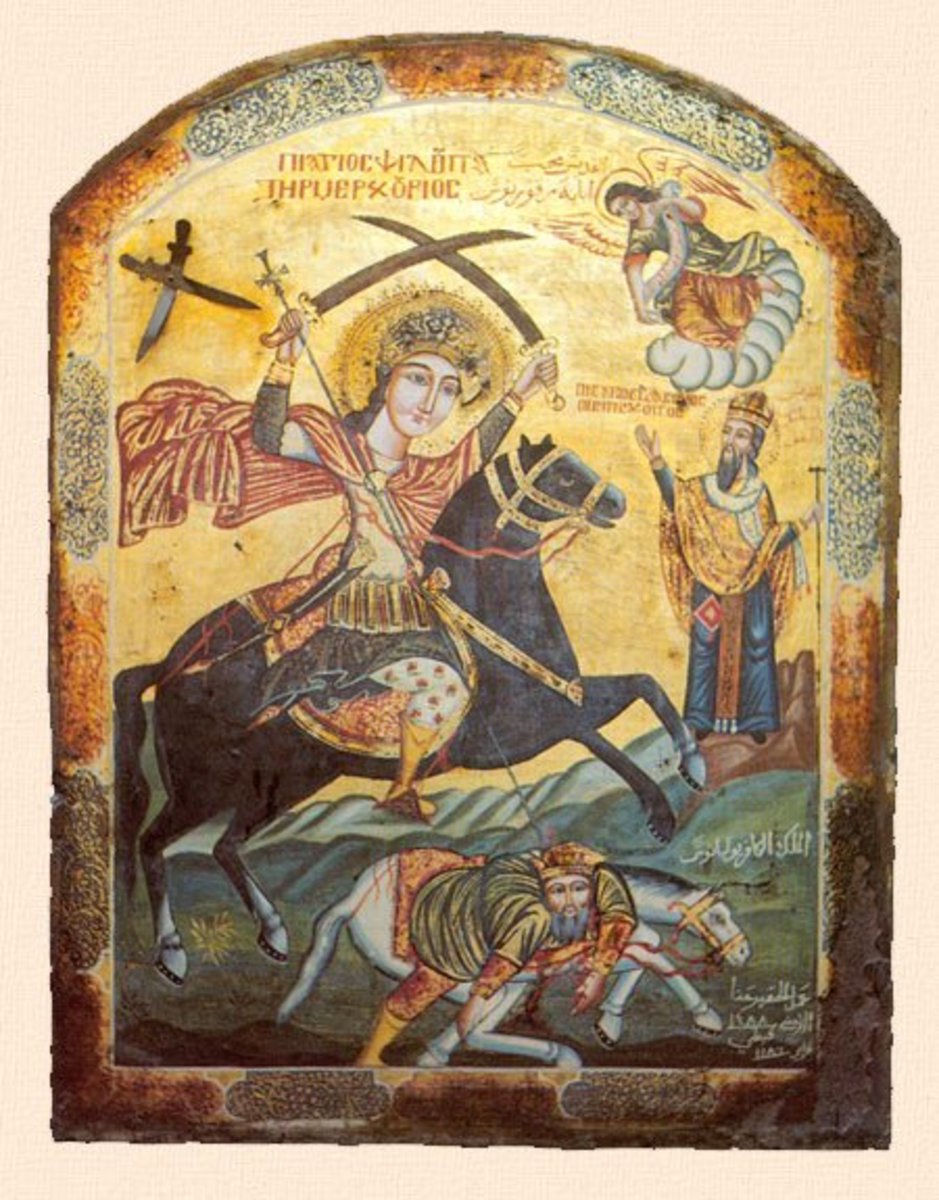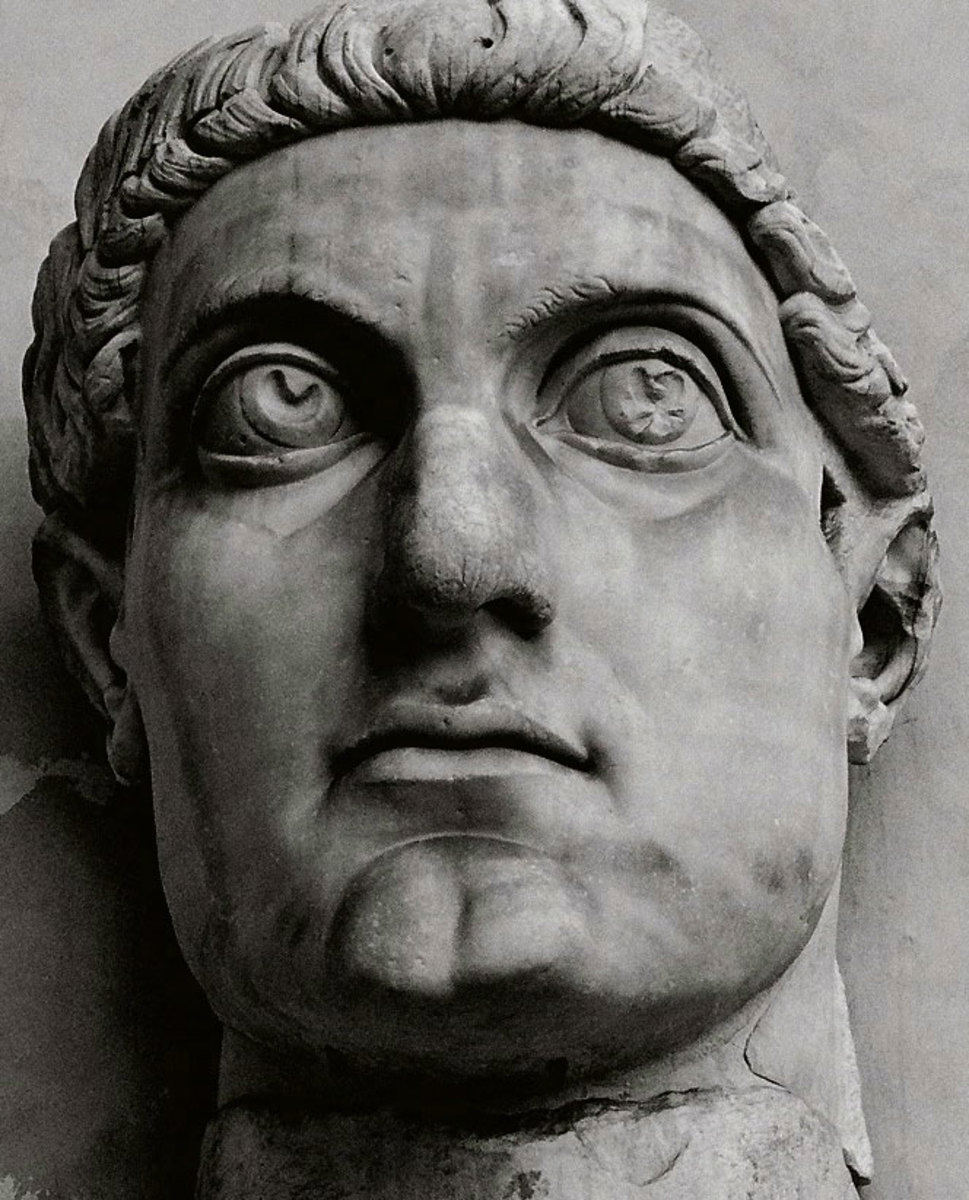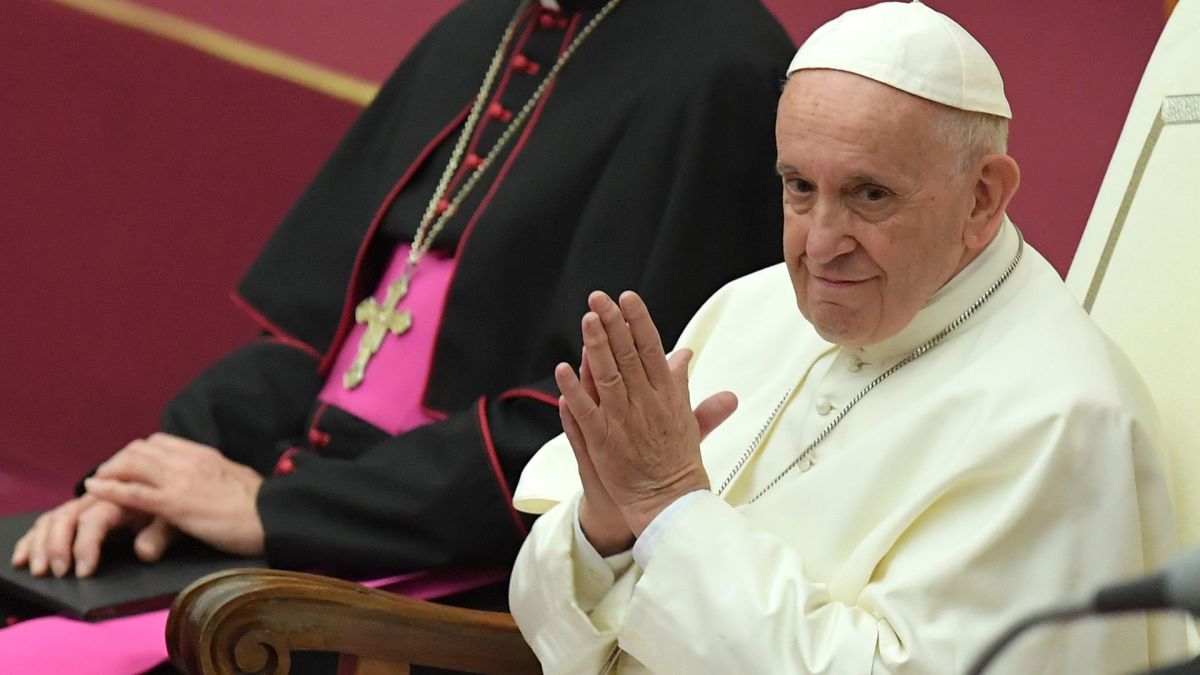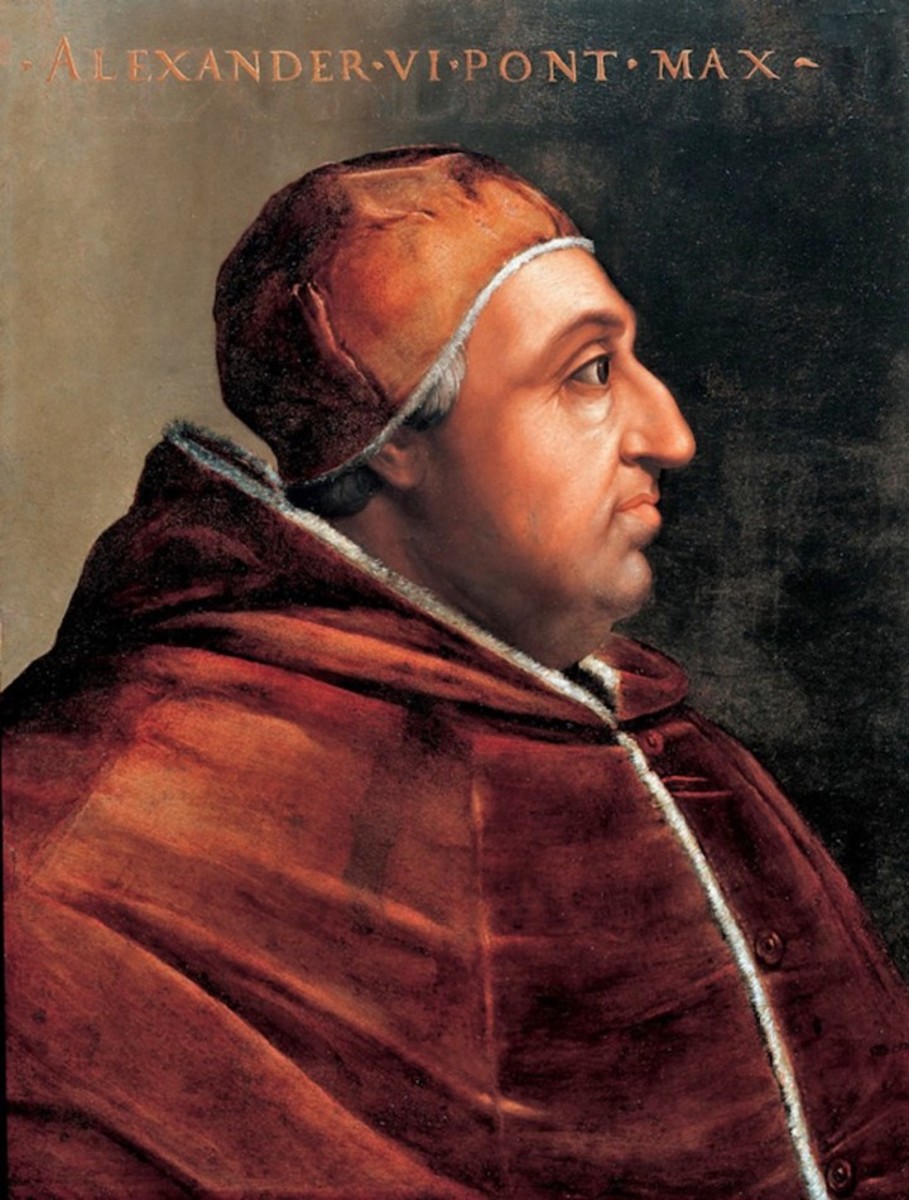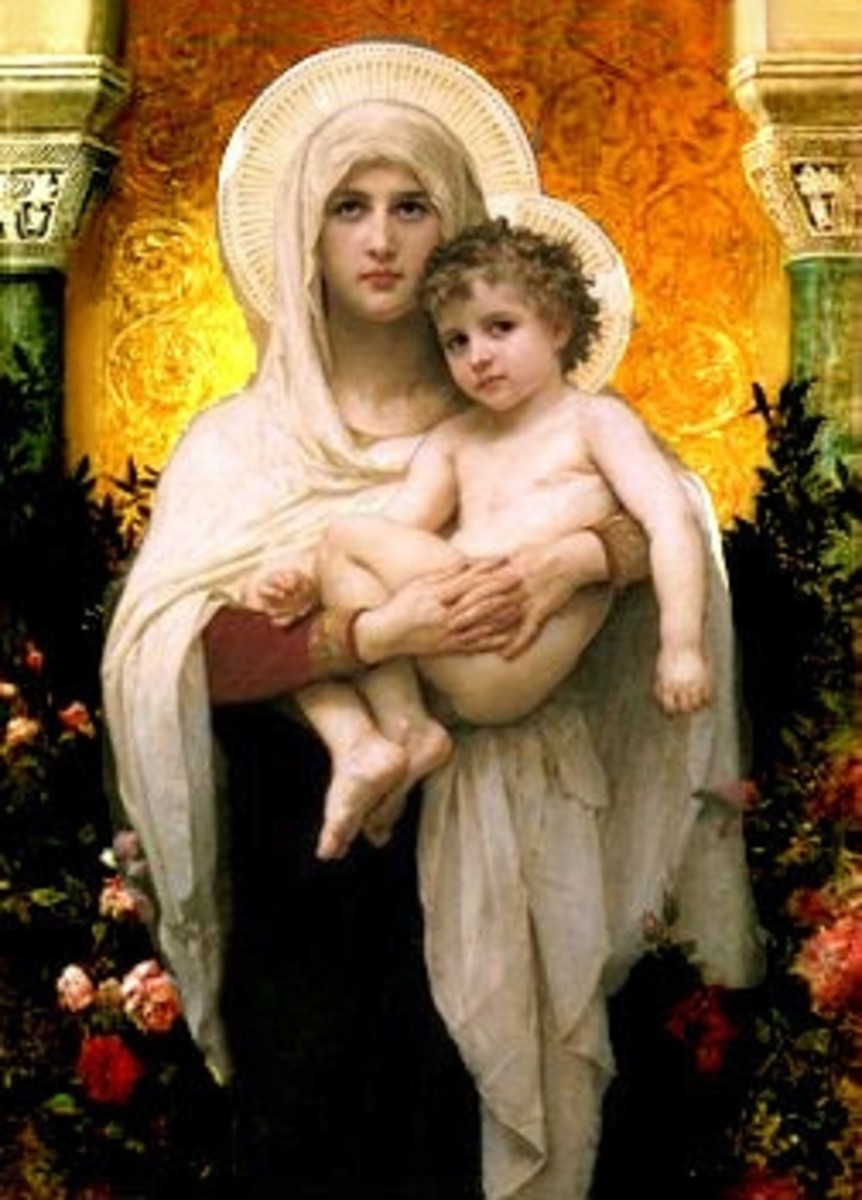Saint Gregory I
Gregory the first was one of the greatest popes in the history of the Church. He was the founder of the Church of the Middle Ages. He also gave power to the Church, and made it possible for great missionaries and saints of western Europe, particularly England, to come along later.
Saint Gregory I was born in Rome in a wealthy, powerful, aristocratic family a little after the fall and the division of the Roman Empire (476 AD) in about 540. He and his family had lots of powerful connections, especially in the church. He probably had two relatives who were Popes, but one for sure. Gregory was the great grandson of Pope Felix III, who reined from 483 through 492, and some historians say that he might have been related to Pope Agapetus (reigned between 535 and 536) also. He was also the son of a senator.
Since he had such a powerful family, and through them really good connections Gregory became a “prefectus urbis”, an urban prefect who was the administrative president of Rome at the time, pretty early, in 572, when he only was thirty-three years old. A couple of years later, in he became a monk. He inherited a couple of large estates and founded a total of seven monasteries on them. The first one, a palace, on Caelian Hill, he converted into a monastery in about 575. Gregory named it Saint Andrew’s Monastery, and even though he did that, he did not become the abbot of it. Later, he utilized six more, in addition of this first one.
In 579, Pope Pelagius II (reigned between 579 and 590) sent him to Constantinople, which was the capital of the Byzantine Empire, as a papal nuncio, or representative, the curia’s (papal administrative office) only foreign post. Gregory probably served there under the command of Emperor Tiberius II (reigned between 579 and 582) and later after his death under Emperor Maurice (reigned from 582 though 602) until 584. Gregory was supposed to persuade the Emperor to give armed help to Pelagius II for his campaigns against the Lombards who were threatening Rome both spiritually and materially.
In 602 Phocas, a high ranked Thracian military leader, managed to get himself elected as the new emperor of the Byzantine Empire. As a new ruler, he had the emperor, the empress, and the couple’s five sons, of which the oldest one was the grandson of the Pope, and their three daughters executed.
The Lombards were a member of a Germanic people who invaded Italy in 568 and occupied Lombardy (named after them) and central Italy. Their capital was Monza. They were conquered by the Frankish ruler Charlemagne in774.
Six years later, after the death of Pope Pelagius in 590, after a couple sincere efforts to get himself elected for papacy, Gregory was elected Pope on September 3. Thus he became known as Pope Gregory I.
Gregory started his rule by devoting himself to help the poor and the needy. This made him very popular. Then he attempted to slowly Catholicize the Arian Lombards.
Since Phocas was a very heavy taxer, and sometimes brutal, many people in the Empire started to migrate west. Gregory clearly recognized the importance of these migrating people. He saw them as the key to the West’s religious future, so he organized lots of missions to catholicize and save the souls of these mostly poor people. He made good connections with Theodolinda, the Catholic Bavarian wife of the Lombard king Agilulf, whose son Adaloald became Catholic in 615 , and with Brunhild, the powerful Merovingian queen. Now since he was assured that he had friends all the way to the island of England, he could actually accomplish the greatest thing in his life and in his reign as a pope, he started the missions in England. He appointed Augustine, who later became the first archbishop of Canterbury as the leader of the fifty monks, that will do the missions. Chatolicizing England was a very good thing. Since it was an island the continent and the mainland of Europe had less influence on it, so it could stay Christian for a longer time. Christianizing it made it possible such great missionaries and people as Saint Willibrord (lived between 658 and739) and Saint Boniface (lived from 675 through754) to have missionary campaign on the continent’s mainland. Gregory, even though most of the times used missionaries to convert an area or country, sometimes used wars, or in other words, crusades. The idea that countries could be converted with wars, which was a common and widely accepted concept later on in the Middle Ages, originated with him. This was a bad thing. The Christian Church should set an example of good behavior. Jesus thought that all violence was bad unless if it came directly from God. Jesus said that the Church should be a light of the world. You certainly can’t achieve that by wars and violence. Also, if you try to convert someone with violence, deep in his heart he will not convert to, in this case Christianity, the other religion, in fact it causes them to keep even a bigger distance from that religion. If that happens he will get saved much later.
Gregory was an excellent organizer, missionary, and manager, but definitely not a politician. Gregory, without actually being aware of it, became the founder of the Papal States and of the temporal papal authority. These were the lands belonging to the Church. According to his view, the patrimony of Peter (the lands controlled by the papacy) should be at the immediate disposal of the Church and of the poor.
Saint Gregory I died on March 12, 604. His body was buried in Saint Peter’s Basilica in Rome. He had forbidden veneration of his corpse under penalty of excommunication. He was proclaimed saint on public demand immediately after his death.
Conclusion
Gregory I really was a good and pope, He is called the founder of the Medieval Church rightfully.

